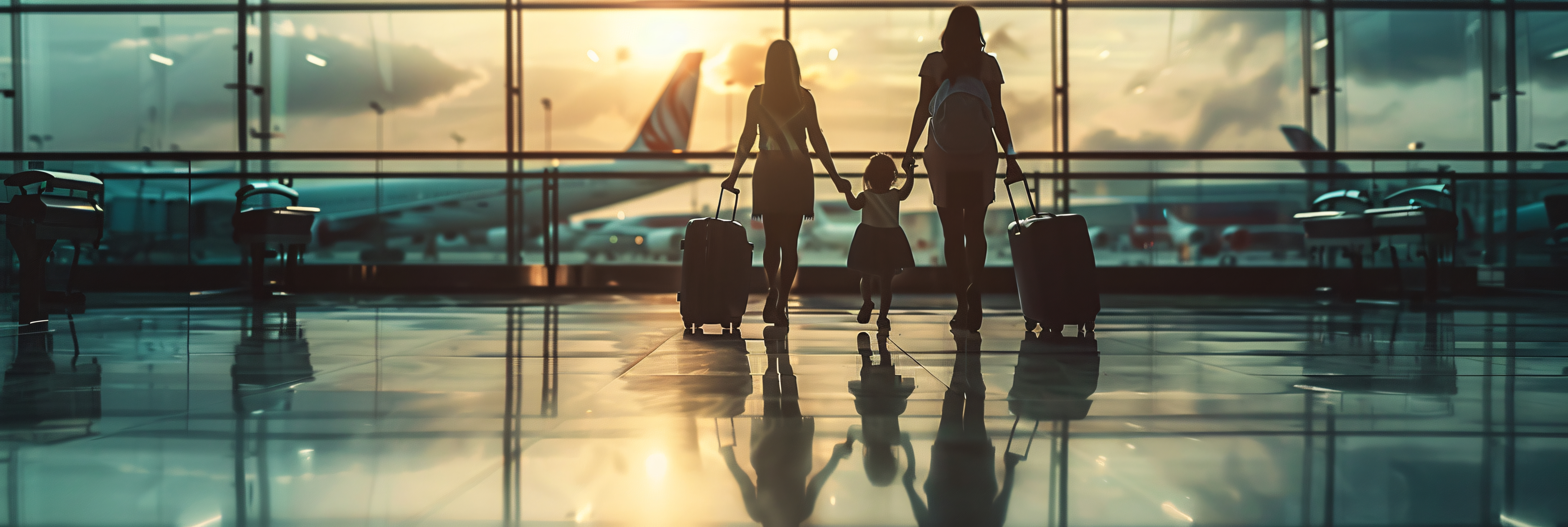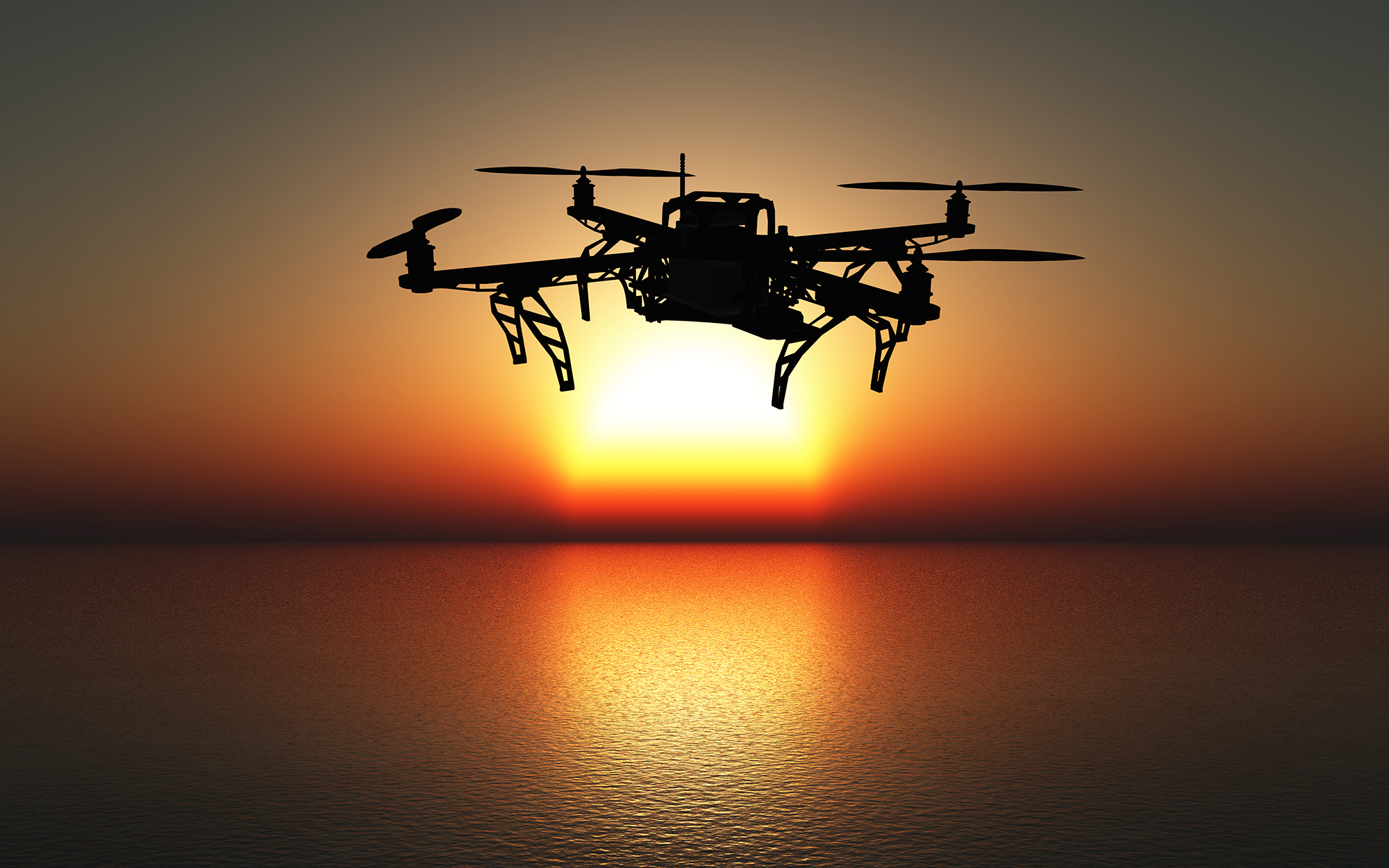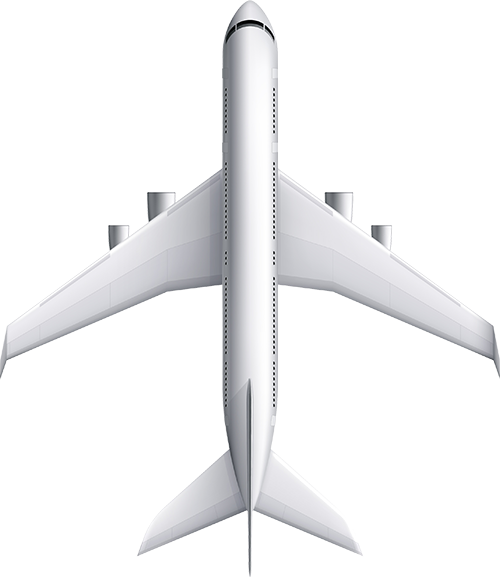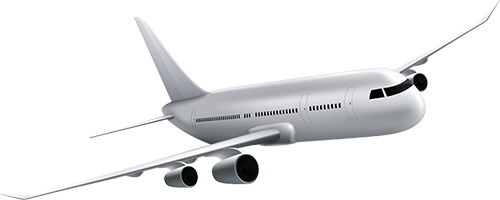



Aircraft scanning refers to the systematic inspection of aircraft components and structures using advanced non-destructive testing (NDT) technologies. These cutting-edge techniques, including X-ray radiography, computed tomography (CT) scanning, ultrasonic testing, and thermal imaging, enable thorough examination of both visible and hidden aircraft parts without causing damage to the materials.
The primary applications of aircraft scanning encompass three critical areas:
Modern scanning systems provide exceptionally detailed 3D representations of aircraft components, allowing technicians to identify even microscopic defects that could compromise airworthiness. The aviation industry increasingly relies on automated scanning solutions that combine robotics with artificial intelligence for faster, more accurate analysis compared to traditional manual methods.
These technologies play a vital role in preventive maintenance programs, helping airlines and maintenance organizations comply with stringent aviation safety regulations while optimizing operational efficiency. The data collected from scanning processes also contributes to predictive maintenance models and helps extend the service life of aircraft components through early defect detection.




